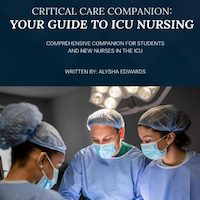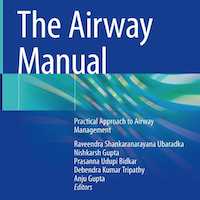Stories Category: Intensive Care

Association of Vancomycin Plus Piperacillin-tazobactam with Early Changes in Creatinine vs. Cystatin C
Although dozens of studies have associated vancomycin + piperacillin–tazobactam with increased acute kidney injury (AKI) risk, it is unclear whether the association represents true injury or a pseudotoxicity characterized... read more
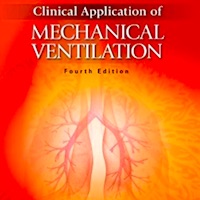
Clinical Application of Mechanical Ventilation
Fundamental concepts of respiratory physiology and the day-to-day duties of a respiratory care professional. Utilizing the wide degree of topics covered, including airway management, understanding ventilator waveforms,... read more
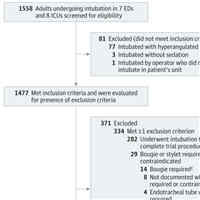
Bougie vs. Endotracheal Tube with Stylet on Successful Intubation
Among critically ill adults undergoing tracheal intubation, use of a bougie did not significantly increase the incidence of successful intubation on the first attempt compared with use of an endotracheal tube with stylet. Among... read more
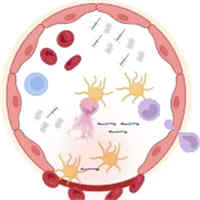
Trauma-induced Coagulopathy
Trauma is a major cause of mortality worldwide, and bleeding is the leading preventable cause of death. About one-quarter of patients with severe trauma develop a clotting disorder termed trauma-induced coagulopathy (TIC)... read more
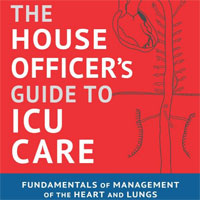
House Officer’s Guide to ICU Care
Your Must-Have Guide for Navigating the ICU The House Officer's Guide to ICU Care is an eminently practical handbook for junior house officers, medical students, PAs, and nurses that offers nuts-and-bolts guidelines for optimal... read more

Algorithm that Detects Sepsis Cut Deaths by 18%
Hospital patients are at risk of a number of life-threatening complications, especially sepsis—a condition that can kill within hours and contributes to one out of three in-hospital deaths in the U.S. Overworked doctors... read more
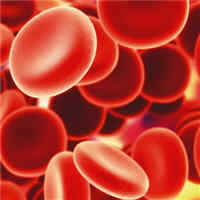
Perioperative Management of Antithrombotic Therapy
Substantial new evidence has emerged since the 2012 iteration of these guidelines, especially to inform best practices for the perioperative management of patients who are receiving a VKA and may require heparin bridging,... read more
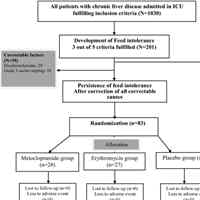
Feed Intolerance Reversal by Prokinetics Improves Survival in Critically Ill Cirrhosis Patients
Feed intolerance (FI) is common in critically-ill cirrhosis patients and non-resolution carries high mortality. Early recognition and treatment with prokinetics is recommended to improve short-term survival. Of the 1,030... read more
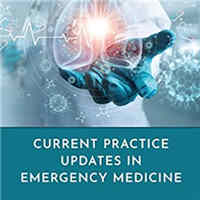
Current Practice Updates in Emergency Medicine
Medicine is an ever-growing specialty. With new research and trials being conducted frequently, it becomes difficult to remain updated on the subject by just reading the textbook. Moreover, the postgraduate examination also... read more

Lung and Diaphragm Protective Ventilation Guided by the Esophageal Pressure
Lung protective ventilatory strategies aim to limit tidal volume, driving pressure and plateau pressure to minimize lung stress and strain and consequently reduce the morbidity and mortality risks associated with mechanical... read more

Plasma Exchange in the ICU
In this narrative review, we discuss the relevant issues of therapeutic plasma exchange (TPE) in critically ill patients. For many conditions, the optimal indication, device type, frequency, duration, type of replacement... read more
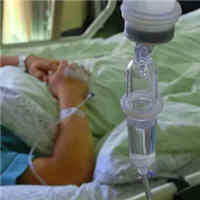
Septic Shock Developing Later During Hospital Stay Associated with Higher Mortality
In-hospital mortality continued to rise as admission-shock-onset-time increased in patients with septic shock. No clear dichotomization between early and late septic shock could be ascertained, and this categorization may... read more
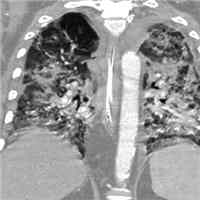
Care Step Pathway an Effective Tool For Clinicians Caring for Mechanical Ventilated COVID-19 Patients
The Care Step Pathway (CSP) described in this article was developed to increase awareness of the potential association of SARS-CoV-2 infection with invasive fungal infections, particularly pulmonary aspergillosis. The... read more
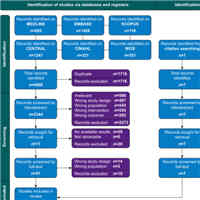
Dexmedetomidine vs. Propofol Sedation in Critically Ill Adults Requiring Mechanical Ventilation
Dexmedetomidine did not significantly impact ICU length of stay compared with propofol, but it significantly reduced the duration of mechanical ventilation and the risk of delirium in cardiac surgical patients. It also significantly... read more
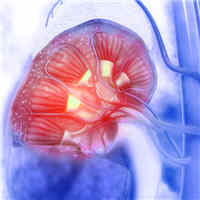
Subphenotypes of AKI in Adults
Subphenotyping may help reduce heterogeneity under the umbrella term of acute kidney injury (AKI). Despite challenges remain, the identification of AKI subphenotypes has opened the potential of AKI research focused on better... read more

Myocarditis After COVID‐19 mRNA Vaccination in Australia
Myocarditis in adolescents and young adults following the administration of coronavirus disease 2019 (COVID‐19) mRNA vaccines has been reported. Vaccination of 12–16‐year‐old adolescents with Comirnaty (tozinameran,... read more
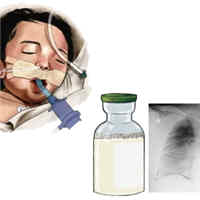
Surfactant Therapies for Pediatric ARDS
We advocate for well-designed preclinical and explanatory clinical studies to investigate the use of surfactant for pediatric (PARDS) and neonatal (NARDS) acute respiratory distress syndrome. Given the accumulating knowledge... read more


